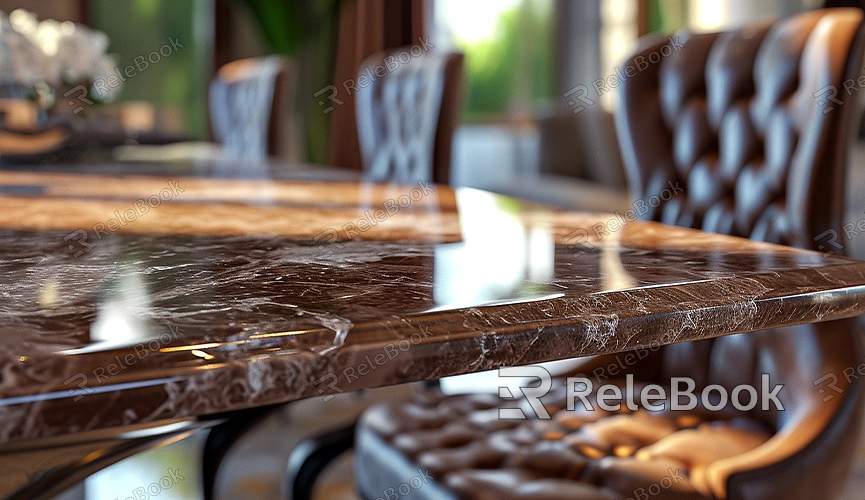How to Use Blender for 3D Modeling
Creating 3D models in Blender is an incredibly fascinating process. This powerful tool provides a wealth of model creation features and tools, allowing us to design various vivid and realistic three-dimensional models in Blender. Whether it's architectural model design, game model creation, animation model production, or product model design, Blender can meet our diverse needs.

The steps to create 3D models in Blender are straightforward. Upon opening Blender, you'll encounter a multifunctional interface containing various toolbars, viewport windows, and functional areas. Mastering the use of these tools and views is the first step in 3D modeling.
Next, understanding the basic modeling tools in Blender is crucial. For instance, using the "Cube" tool allows you to create a basic cube shape, and through operations like stretching, scaling, and rotating, you can mold it into the desired shape. Tools such as "Cylinder," "Sphere," "Cone," and others assist in creating various basic shapes.
In 3D modeling, adding textures to the model is a crucial step. Let's explore how to add textures to models in Blender and the different tactile features these textures bring.
1. Furniture Design with Wood Grain Texture
When designing a wooden table, adding texture allows you to present a realistic wood grain texture on the surface. Each wood grain appears lifelike, adding a natural ambiance to the tabletop.
2. Architectural Scenes with Realistic Stone Texture
In architectural design, adding a stone texture to walls can simulate the roughness of stone surfaces. Each stone carries a natural texture, enhancing the building with historical and tactile qualities.
3. Technological Devices with Smooth Metal Texture
When designing technological devices, adding texture to metal surfaces creates a smooth metal texture. Each piece of metal reflects a unique shine under light, imparting a modern feel to the device.
4. Modern Architecture with Soft Glass Texture
For modern architectural design, adding a soft texture to glass surfaces can showcase the gentle light and shadow effects on the glass. Each inch of glass sparkles with a mild glow, adding a touch of sophistication to the building.
5. Luxury Furniture Design with Leather Texture
When designing a luxurious sofa, adding a leather texture can infuse a sense of luxury. Each section of the sofa surface seems to exude comfort and nobility.
6. Ocean Scenes with Deep Blue Water Texture
Simulating the ocean, adding a wave texture to the water surface can recreate the effect of ocean waves. Each wave seems to roll freely, adding dynamism and liveliness to the sea.
7. Outdoor Scenes with Lively Grassland Texture
In outdoor scene design, adding grass texture to the ground can infuse vibrancy into the scene. Each blade of grass sways in the breeze, bringing a natural breath to the environment.
Blender provides rich texture editing tools. By adjusting texture parameters such as size, color, and transparency, you can create realistic effects with different materials. Detailed texture processing makes the model more vivid and tactile, imparting unique visual characteristics to various scenes. If you need many high-quality 3D textures and HDRI or require 3D model downloads, you can find them on Relebook. After downloading, you can directly import textures and 3D models into your project for immediate use.

